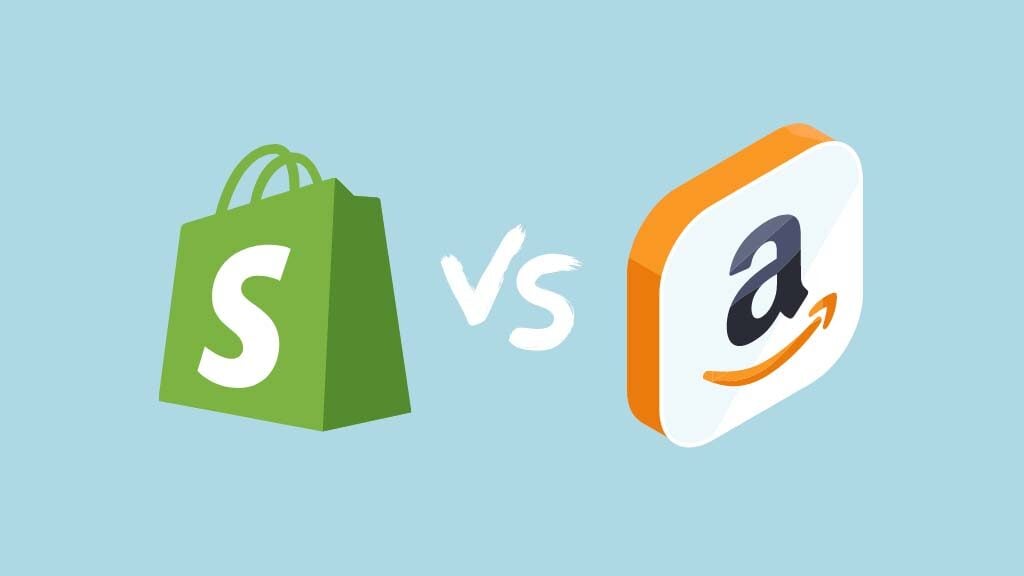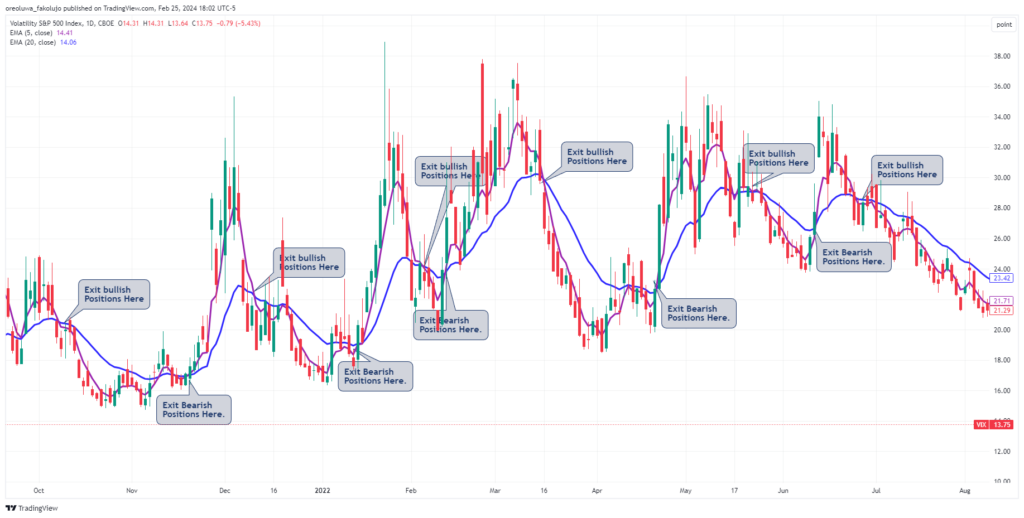
Selling on Amazon can be a game-changer for your business, especially if you’re looking to expand your audience and reach new customers. But why should you consider using Shopify to sell on Amazon? Firstly, Shopify Amazon Integration allows you to keep all your inventory, orders, and customers in one place, making it easier to manage your business and avoid confusion. You can track your sales, manage your inventory, and fulfill orders from the same platform.
Secondly, Shopify Amazon Integration enables you to take advantage of Amazon’s vast customer base while still keeping your brand identity. You can customize your Amazon listings and maintain your brand’s look and feel. You can also use Amazon’s fulfillment center to store and ship your products, which can save you time and money. You should learn about shopify sell on amazon.
Moreover, Shopify Amazon Integration gives you access to Amazon’s Prime members, who are more likely to buy and spend more. By fulfilling your orders through Amazon’s fulfillment center, you can also benefit from Amazon’s fast and reliable shipping, which is a huge selling point for customers. In short, Shopify Amazon Integration is an excellent way to expand your business and reach new customers on Amazon, while still maintaining your brand identity and managing your business efficiently.
Key considerations while selling online
Setting up your Shopify store for Amazon integration is an essential step in expanding your business on one of the world’s largest online marketplaces. First, you will need to sign up for an Amazon Seller Central account and complete the registration process. Once you have completed the registration process, you will need to install the Amazon sales channel app in your Shopify store. This app will allow you to manage your Amazon orders directly from your Shopify dashboard.
You can also manage your inventory, pricing, and product listings from the same place. Next, you will need to create your product listings. This can be done manually or by using Amazon’s bulk listing feature. Make sure your product titles and descriptions accurately reflect what you are selling, and use high-quality images that show off your products in the best possible light. You should also consider using Amazon’s advertising tools to increase your product visibility and drive sales. Finally, you will need to set up your shipping and fulfillment options. Amazon has strict guidelines for shipping times and delivery guarantees, so make sure you can meet these requirements before you start selling. You may also want to consider using Amazon’s fulfillment service, Amazon FBA, to handle your orders and shipping.
Conclusion
Shopify Amazon integration opens up new opportunities for online merchants looking to expand their reach and sell their products to a larger audience. With this integration, Shopify sellers can easily list their products on Amazon and manage their inventory and sales from a single dashboard. Additionally, when merchants sell on Amazon, their products are eligible for Amazon Prime, which can boost sales and improve customer satisfaction. In order to start selling on Amazon through Shopify, merchants must first set up an Amazon seller account.





:max_bytes(150000):strip_icc()/midsection-businessmen-analyzing-charts-on-laptop-in-office-1128046391-4d6016296f824cd48bf762d5824e49e4.jpg)










